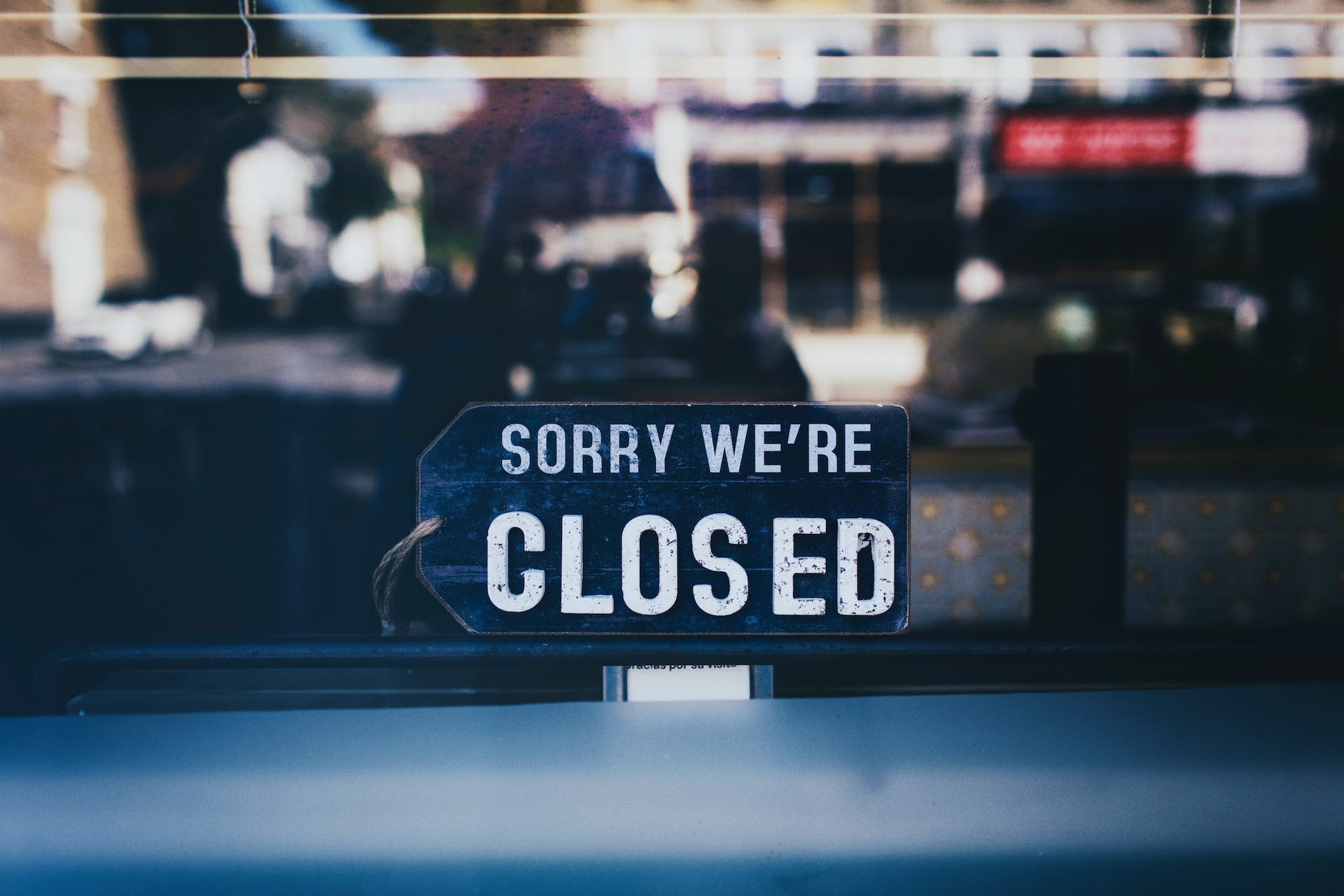Business
South Africa Sees 1,550 Business Closures – What’s Behind the Decline?

South Africa witnessed over 1,550 business liquidations in 2024, marking a 6.4% decrease from the previous year. While this decline suggests some economic resilience, deeper analysis reveals a more complex picture.
Despite fewer closures compared to 2023, the country’s economic environment remains challenging, with stagnant growth, rising operational costs, and geopolitical risks influencing business sustainability.
Are Business Closures Slowing Down?
According to Stats SA, the number of liquidations has steadily declined since 2020, when businesses faced the full force of COVID-19 lockdowns.
Year-on-Year Liquidation Trends:
| Year | Total Liquidations | YoY Change |
|---|---|---|
| 2017 | 1,868 | – |
| 2018 | 1,845 | -1.2% |
| 2019 | 2,042 | +10.7% |
| 2020 | 2,035 | -0.3% |
| 2021 | 1,932 | -5.0% |
| 2022 | 1,907 | -1.3% |
| 2023 | 1,657 | -11.0% |
| 2024 | 1,551 | -8.6% |
The steady decrease in business failures could signal improved market conditions, but experts warn against premature optimism.
Understanding the 2024 Liquidation Trend
According to Craig Blumenthal, director of business rescue and insolvency at Fluxmans Attorneys, the timing and type of liquidations reveal key economic patterns:
]High liquidations early in 2024: January saw 109 closures, a 30% increase from January 2023, likely due to lingering economic stagnation and load shedding pressures from the previous year.
April spike amid political uncertainty: Businesses hesitated amid election-year anxiety, causing a modest increase in closures (128 vs. 112 in 2023).
October peak points to deeper issues: Liquidations surged to 196 in October 2024, a 44% increase from the previous year. Delays in the Master’s Office and overburdened courts may have pushed some closures later into the year.
Compulsory vs. Voluntary Liquidations – What’s the Difference?
- Compulsory liquidations (court-ordered due to insolvency) decreased, suggesting fewer companies are financially collapsing outright.
- Voluntary liquidations (owners closing businesses by choice) are also down, which could indicate fewer new businesses being formed.
However, some industries, such as tourism and hospitality, were hit harder than others, with catering and accommodation businesses experiencing the most liquidations.
What This Means for South Africa’s Business Landscape
While the decrease in liquidations appears positive, South Africa’s economic struggles are far from over. Key concerns include:
- Sluggish economic growth – South Africa’s GDP is projected to grow at only 1.5% in 2025, far below the 3% target set by President Cyril Ramaphosa.
- Tight business regulations – Red tape and policy uncertainty continue to hinder investment and entrepreneurship.
- Global trade tensions – With Donald Trump threatening to cut U.S. trade ties with South Africa, the country may need to pivot toward BRICS partnerships for economic stability.
What’s Next for Businesses in 2025?
The Government of National Unity (GNU) has inspired cautious optimism with its pro-business stance, but business owners still face high operating costs, weak demand, and policy uncertainty.
As South Africa enters 2025, entrepreneurs and investors will need to adapt to changing economic and geopolitical landscapes. Whether the downward trend in liquidations continues—or reverses—will depend on market stability, policy reforms, and global trade shifts in the months ahead.
Follow Joburg ETC on Facebook, Twitter , TikTok and Instagram
For more News in Johannesburg, visit joburgetc.com



























